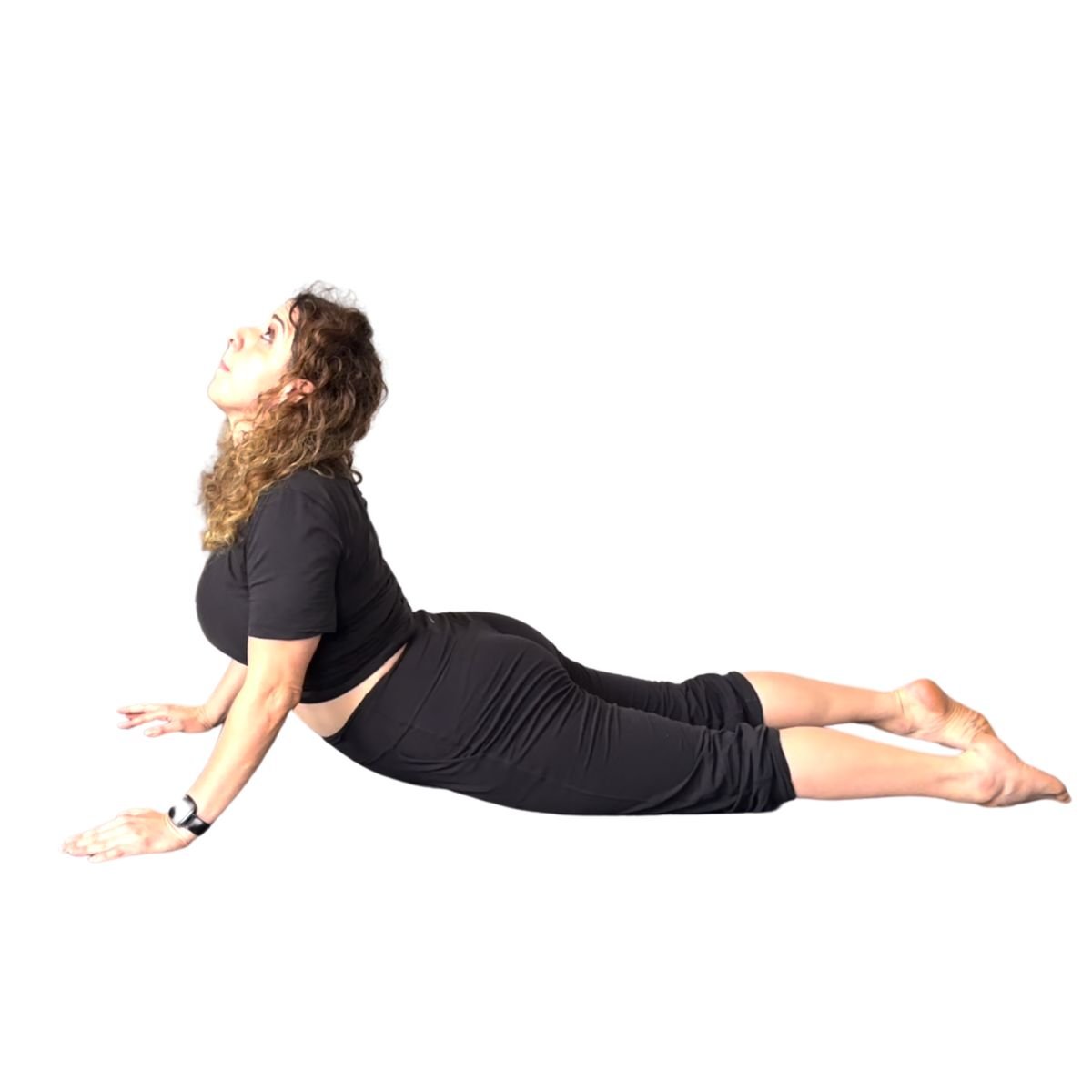Lengthening Abdominal Muscles with the Cobra Pose
Table of Contents
What Is Cobra Stretch
The Cobra Stretch (Bhujangasana) is a stretch that resembles a Cobra rising up from the ground. It is a great way to stretch out your Abdomen and strengthen the muscles in your back.
How to Do Cobra Pose
The Cobra Pose is very easy to learn and perform. Follow the directions below to learn how to do the Cobra Stretch.
Begin by lying prone (face down) on the floor with your toes pointed down.
By pressing your palms into the ground, lift your chest and torso off the floor until your arms are straight.
Press your feet and hips into the ground (this will prevent them from coming off the ground as you push your upper body up).
You have now learned how to do the Cobra Pose!
Cobra Stretch Form
When performing the Cobra Stretch, it is important to keep the toes untucked, and your legs straight out behind you. Your hands should be underneath the shoulders with your arms straight and your gaze should be directed up towards the sky.
Cobra Stretch Muscles Worked
The Cobra Stretch will primarily engage the Abdomen, Erector Spinae, and Hips. It will also engage many other muscles including the Deltoids, Biceps, Trapezius, and Latissimus Dorsi. As well, the Cobra Stretch is believed to stimulate many of your organs.
Cobra Stretch Benefits
The Cobra Stretch is great for lengthening the muscles of the Abdominals, neck and chest. This can feel especially good after a tough core workout! The Cobra stretch can also help to improve posture and strengthen the muscles in the upper back.
Why Is the Cobra Pose Useful
The Cobra Pose is useful because it helps to combat the hunching movements that many of us tend to perform throughout the day. We can be hunched over at our desks while texting and even driving. The Cobra pose helps to lengthen these ‘hunched’ muscles and strengthen the back. Ultimately, this will help to improve posture and reduce symptoms of tightness and pain in the upper back and chest.



